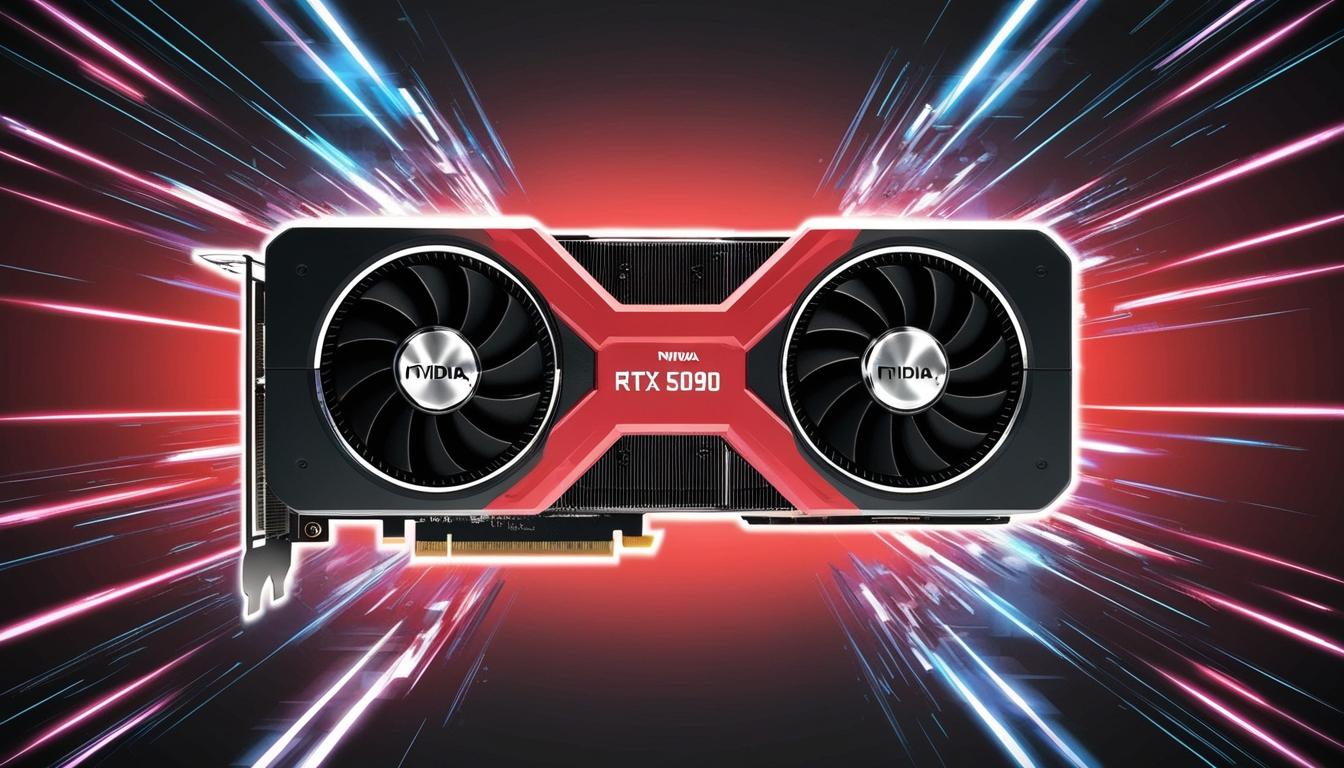At the Consumer Electronics Show (CES) 2025, Nvidia rolled out its latest series of RTX GPUs, comprising the RTX 5090, RTX 5080, RTX 5070 Ti, and RTX 5070. This new lineup promises a significant leap in performance, boasting speeds that are reportedly double those of the previous RTX 4090. Among the most anticipated features is the Enhanced Deep Learning Super Sampling (DLSS) 4, which includes a groundbreaking function called Multi-Frame Generation.
Multi-Frame Generation is designed to significantly enhance gaming experiences and improve efficiency for content creators. The technology allows the generation of up to three additional frames for every traditionally rendered frame. This capability could lead to frame rates being up to eight times faster, all while imposing minimal demands on memory resources. During a demonstration using the game Warhammer 40,000: Darktide, Nvidia showcased the technology's potential, achieving a 10% performance increase while consuming 400MB less memory at a 4K resolution.
The implications of this advancement extend beyond gaming; it presents substantial benefits for creatives including animators and 3D modelers. With the Multi-Frame Generation technology, scenes can be navigated more smoothly and with greater fidelity, achieving four times as many frames and allowing for the rendering of 3D content at 60 frames per second or higher.
According to Nvidia’s specifications, Multi-Frame Generation operates at 40% increased efficiency and requires 30% less video memory, necessitating only a single frame to produce multiple subsequent ones. At launch, the feature will support 75 games, including prominent titles such as Cyberpunk 2077, which reached a staggering 238fps on the RTX 5090 when using DLSS 4 alongside full raytracing capabilities.
While these advancements are poised to elevate gaming and content creation, there is a notable catch: the Multi-Frame Generation feature will only be available on Nvidia's new RTX 50 series GPUs, signalling a need for upgrades for those currently using older models to access these enhanced capabilities.
In addition to Multi-Frame Generation, Nvidia has introduced enhancements to other features such as DLSS Ray Reconstruction, DLSS Super Resolution, and Deep Learning Anti-Aliasing (DLAA), all of which leverage a transformer architecture similar to that employed in AI models like ChatGPT. These improvements are expected to lead to significant advancements in motion rendering.
For 3D modelers, the GeForce RTX 5090 GPU presents a considerable upgrade with its 32GB of GPU memory, exceeding that of any previous model and surpassing the RTX 4090 by 33%. This increase in memory allows artists to create expansive, intricate models and operate multiple applications concurrently. Nvidia asserts that the new RTX 50 series delivers performance increases of up to 40% for 3D applications compared to its predecessors.
The upcoming game Doom: The Dark Ages is set to fully harness the capabilities of DLSS 4, featuring Multi-Frame Generation as well as advancements in ray reconstruction and path tracing technology. Billy Khan, Director of Engine Technology at id Software, commented on this innovation, stating, "With DLSS 4, we are stepping into a new era of gaming. The new ray reconstruction transformer model powers a historical leap in raytracing capabilities; not just accelerating performance but also enhancing visuals in Doom: The Dark Ages."
As the interest in AI-driven technologies continues to grow, these developments by Nvidia are expected to reshape business practices across gaming and digital content creation, paving the way for significantly improved performance and user experiences.
Source: Noah Wire Services
